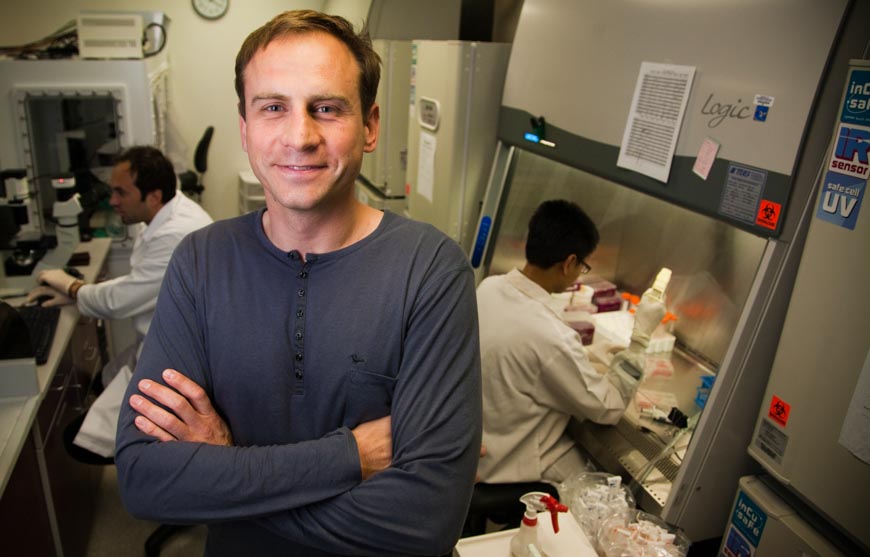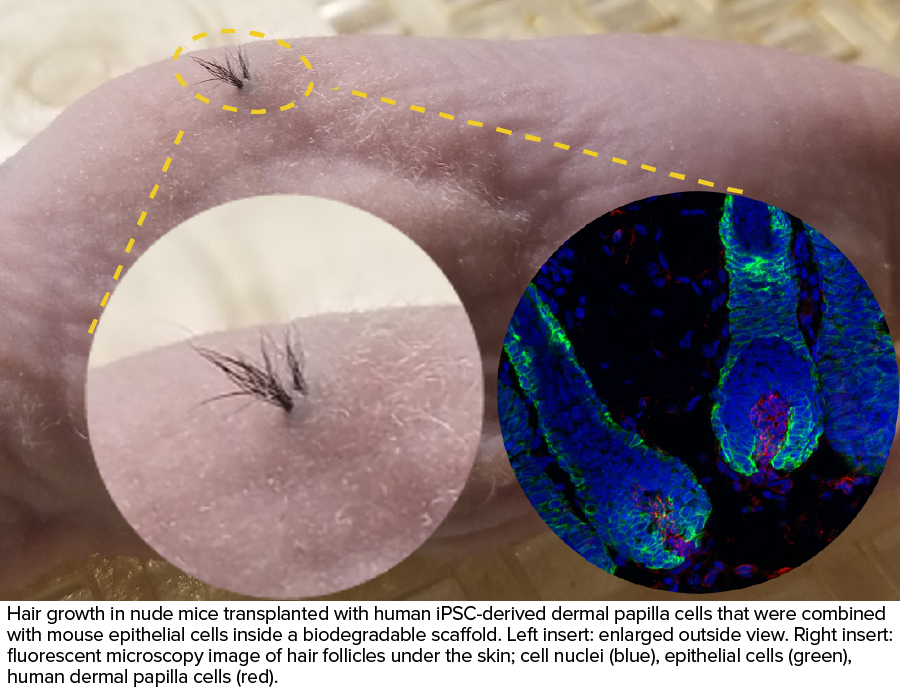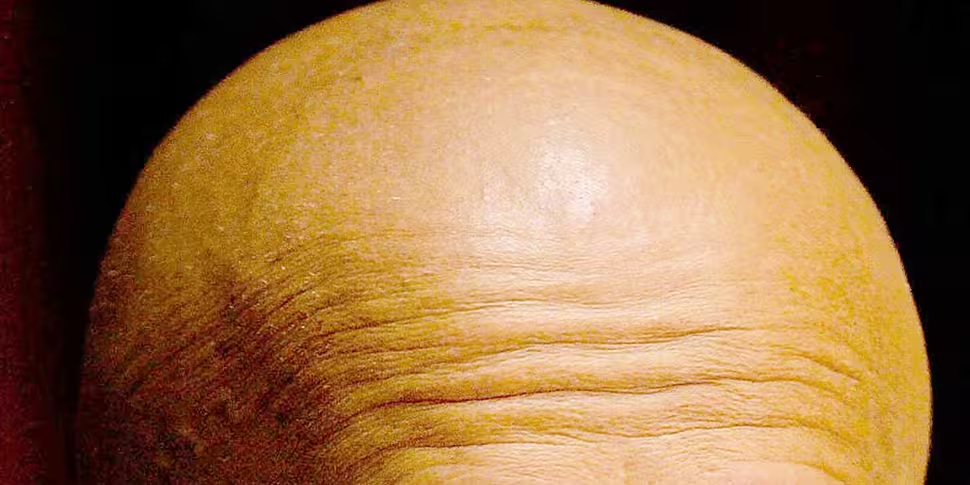Scientists have created natural-looking hair that grows through the skin, in what is being billed as a breakthrough to cure baldness.
Researchers from Sanford Burnham Prebys in California achieved the growth using human induced pluripotent stem cells (iPSCs).
The findings were presented at an annual meeting of the International Society for Stem Cell Research (ISSCR) on Thursday.
A newly-formed company, Stemson Therapeutics, has licensed the technology.
Genetics, aging, childbirth, cancer treatment, burn injuries and medical disorders such as alopecia can cause hair loss.
The condition is often associated with emotional distress that can reduce quality of life and lead to anxiety.
 Alexey Terskikh, associate professor in Sanford Burnham Prebys’ Development, Aging and Regeneration Program | Image: Sanford Burnham Prebys Medical Discovery Institute
Alexey Terskikh, associate professor in Sanford Burnham Prebys’ Development, Aging and Regeneration Program | Image: Sanford Burnham Prebys Medical Discovery InstituteAlexey Terskikh is an associate professor in Sanford Burnham Prebys.
He says: "Our new protocol described today overcomes key technological challenges that kept our discovery from real-world use.
"Now we have a robust, highly controlled method for generating natural-looking hair that grows through the skin using an unlimited source of human iPSC-derived dermal papilla cells.
"This is a critical breakthrough in the development of cell-based hair-loss therapies and the regenerative medicine field."
Terskikh studies a type of cell called dermal papilla.
These cells are inside the hair follicle and control hair growth - including hair thickness, length and growth cycle.
In 2015, he successfully grew hair underneath mouse skin by creating dermal papilla derived from human pluripotent stem cells.
The approach features a 3D biodegradable scaffold made from the same material as dissolvable stitches.
 Image: Sanford Burnham Prebys Medical Discovery Institute
Image: Sanford Burnham Prebys Medical Discovery InstituteThe scaffold controls the direction of hair growth and helps the stem cells integrate into the skin, a naturally tough barrier.
The current protocol relies on mouse epithelial cells combined with human dermal papilla cells.
The experiments were conducted in immunodeficient nude mice, which lack body hair.
The derivation of the epithelial part of a hair follicle from human iPSCs is currently underway in the Terskikh lab.
Finasteride and minoxidil are the current main treatments for male pattern baldness.
Minoxidil can also be used to treat female pattern baldness.
However, the HSE says these treatments do not work for everyone, and only work for as long as they are used.









